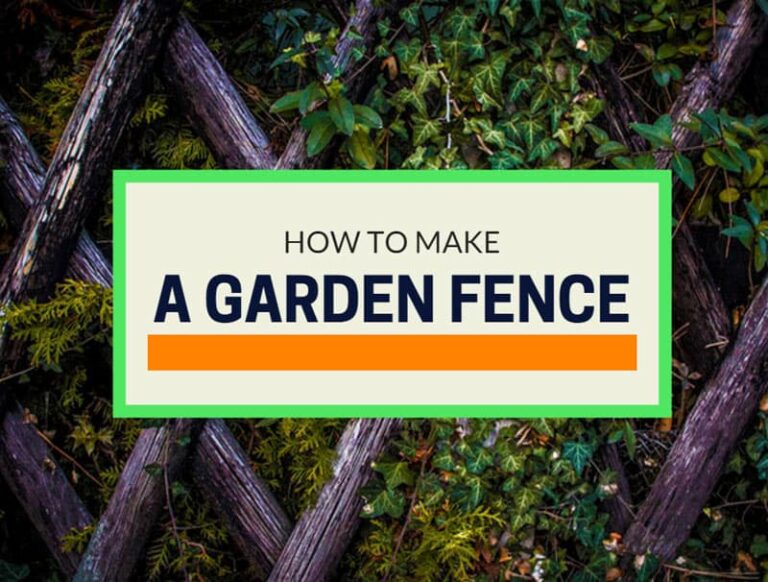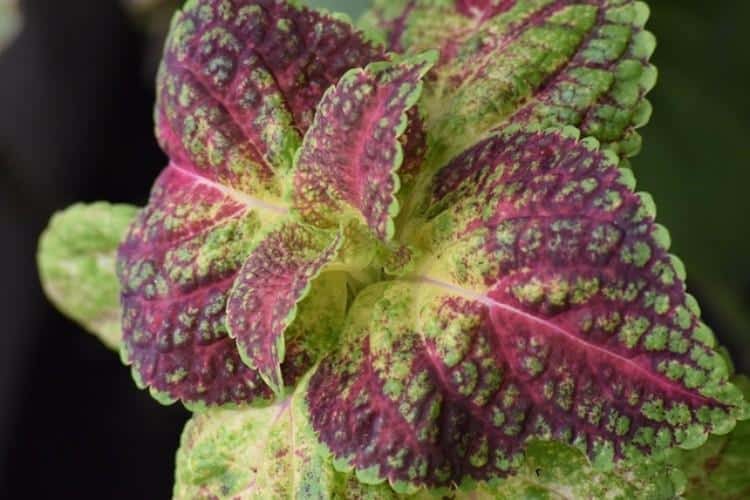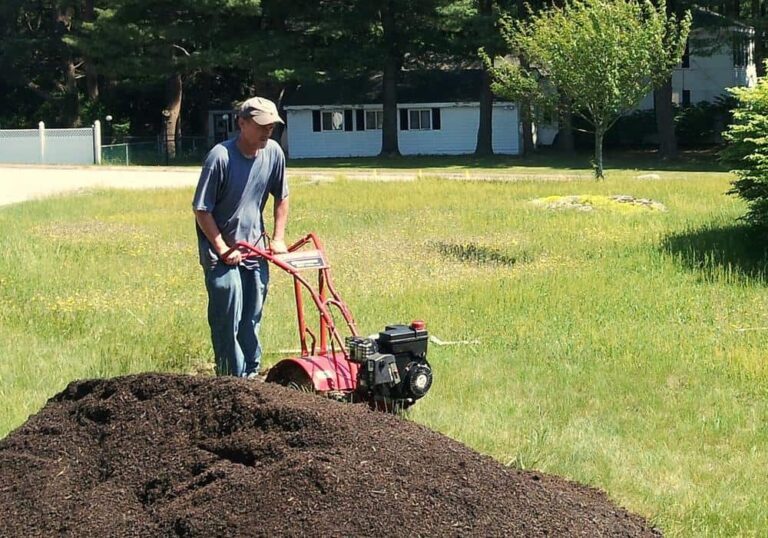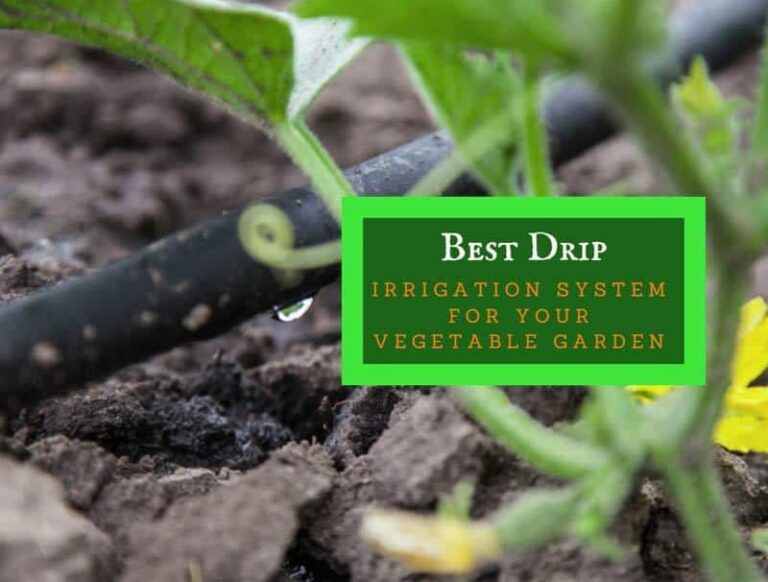Keep Your Garden Healthy with the Best Soil pH Testers
Our recommendation among the best soil pH testers is the Soil Savvy Test Kit. Soil chemistry can dramatically affect the health and vigor of your garden plants and lawn. A soil pH tester will give you accurate results that will guide your choices for amending the soil. Continue reading for our recommendations and tips for modifying your soil for your plants’ needs.
Our top 3 Picks for the Best Soil pH Testers
[wptb id="8443" not found ]Why You Should Test Your Soil
Soils differ widely in their texture, physical properties, and chemistry. All of these factors play a role in the health and success of your garden and lawn. Plants require a variety of nutrients that some soils may lack. Also, some may fall in different parts of the pH spectrum. With plants, it’s not simply a matter of plants seeds, and they’ll grow. Some plants have specific needs.
If you find that your plants or lawn are failing to thrive, the soil chemistry could be at the root of the problem. A soil test kit will give you the information you need so you can adjust the chemical properties of your soil to better match the plants you’re growing. And fortunately, it’s an easy process once you have the baseline information.
Some extension services offer soil testing with a sample that you collect for a fee. If you’re having serious problems with your yard, that is a good route to go for more information. However, a store-bought soil testing kit can give you some basic information at a reduced cost. Bear in mind that you’ll need to test your soil at least twice, once for baseline data and a follow up after you’ve made modifications.
pH Matters
A soil pH tester measures the concentration of hydrogen ions in your soil. The higher the concentration, the lower is the pH to the acidic end of the scale. The opposite is true for the alkaline side of pH. Neutral pH is 7. Orange juice, on the acidic side, is 2, while oven cleaner on the alkaline end is 13. Rainwater tends to be slightly acidic, depending on where you live.
Most plants will do fine in slightly acidic to neutral soils, but there are notable exceptions. For example, azaleas will thrive in acidic soils, whereas some trees like Eastern redbud are happier in alkaline soils. Testing for pH is important because it’s not an obvious problem like water too much or drought-like conditions. The only clue you may have is a failure to thrive.
Testing Your Soil
You’ll need to collect separate sample from your lawn and garden. Soil conditions can vary greatly even in the same yard. The method differs whether you’re planting grasses in an area or a vegetable garden. For example, if you’re testing the pH in an existing lawn, you’ll need a sample from 0 to 3 inches deep. For gardens, going down 0 to 6 inches is more appropriate.
You can use a trowel or shovel to collect the soil. You should make sure everything you use is clean to avoid contaminating the sample. Place the soil in a clean jar or in the tube provided by the product as per its instructions. You may find it helpful to label the sample you collect to avoid confusion. Kits come with multiple tests, so you can take several samples from larger areas.
Choosing a Soil pH Tester
You have several options for testing soil pH. Some kits provide immediate results. With others, you may need to send samples in for testing. This situation is often the case with test kits that measure multiple variables. And you can also find probes that give instant results by merely placing the end of the device into the ground.
While testing pH is part of standard testing, you will also find soil testers that measure nutrient levels such as nitrogen and phosphorus. If you’re planting a new garden, this option is definitely worth considering. You have the advantage of running one test that collects a great deal of valuable information. Bear in mind that pH is only one of many factors that influence soil quality.
This video by the University of Maine explains the process of collecting a soil sample to get accurate results.
https://youtu.be/NA7GTuXS0pU
Modifying Your Soil
Depending on your results, you may need to modify the pH of your garden or lawn. And because it takes time for the changes to occur, you should test well ahead of time, especially if you need to raise the pH of your soil. To make soils more alkaline, you will need to add pulverized limestone to the soil. The amount varies with the pH level and amount of land to cover.
The University of Minnesota-Extension recommends adding 14 pounds of pulverized lime per 100 square foot of space. It is essential to work the lime into the soil to about six inches deep. The site also recommends that you only make these changes to the soil chemistry if testing has indicated a pH issue.
To increase acidity, you can add elemental sulfur to bring down the pH. The amount you need will vary with the type of soil and the area of your garden. The desired pH level will also influence how much you need. Remember, water, including rain, will alter the pH over time, so you’ll need to repeat this process to keep your soil on the acidic side of the scale.
You have some control over the amount you lower the pH based on the amount and type of material you add. Generally, sandy soils require 0.8 pounds per 100 square feet and loam soils, 2.4 pounds per 100 square foot. These amounts will lower the pH by one unit using elemental sulfur. Again, it’s important to work the material completely into the soil at least six inches deep.
Our Recommendation: Soil Savvy Soil Test Kit
Testing your soil prior to planting offers an easy way to start your garden or lawn off right. You can make the necessary adjustments in bare ground which is infinitely simpler than in an established plot. It also gives you the ability to finetune your soil treatments to make sure they are right for your soil and the plants you’re going to add.
The Soil Savvy Test Kit tests for pH as well as 14 nutrients including those found in fertilizers like nitrogen, phosphorus, and potassium. The primary advantage of going this route is cost savings. Rather than adding fertilizer wily-nily to your garden, you’ll know exactly what your soil needs to make smart choices about soil amendments.
You’ll get the information you need to improve your soil quality in one test so that you can make the changes in one fell swoop. While you’ll need to send the sample out, the additional information will pay off in labor and added costs. After all, the key to a successful garden is providing the conditions your plants need to grow and thrive.







I can’t find the Palram Glory 8×12 in stock anywhere! Any suggestions? Thanks.